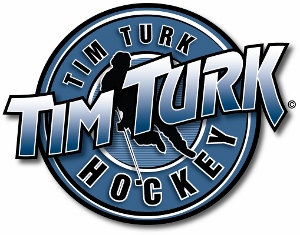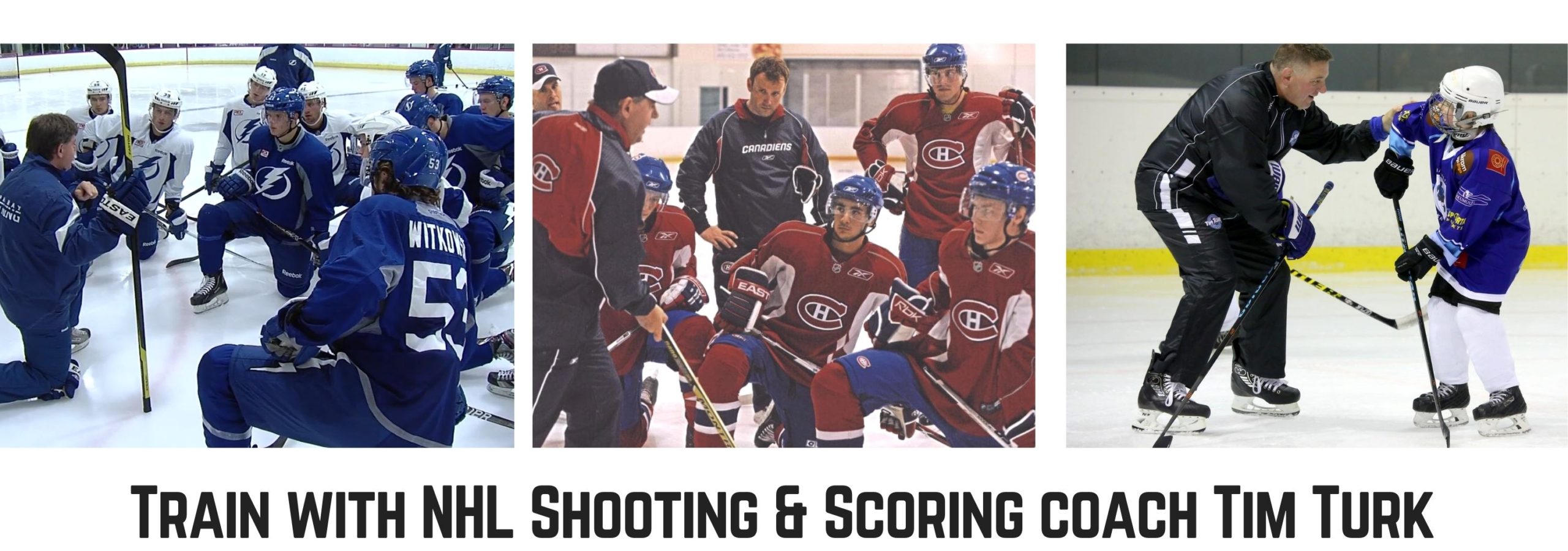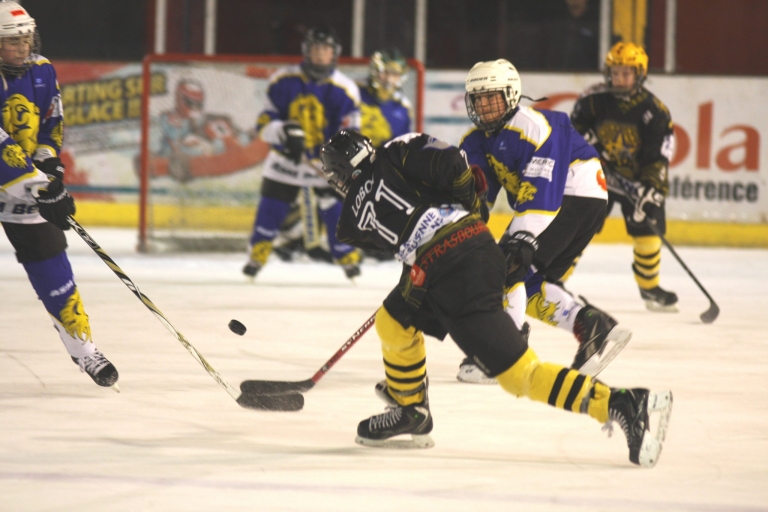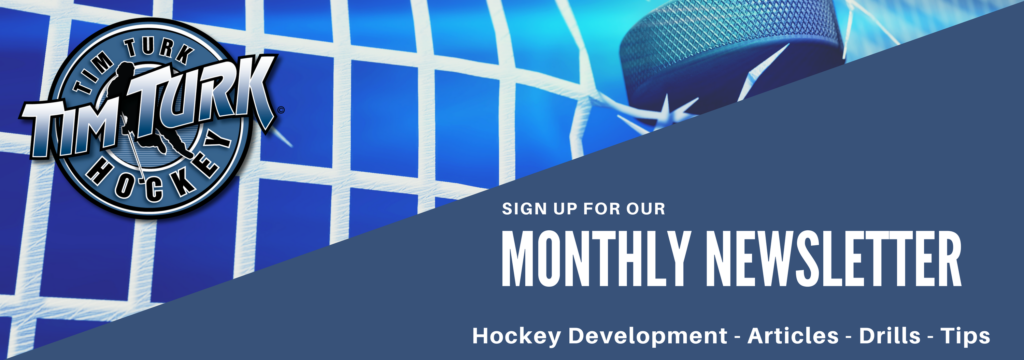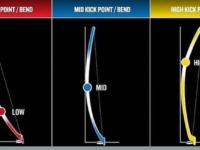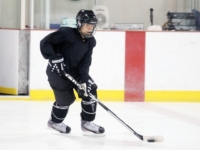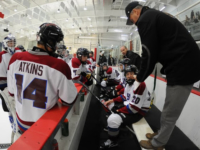Multitasking. It’s a difficult skill to acquire.
Ever try to listen to a podcast while you’re doing something else, say, mowing the lawn? Either you pay attention to the podcast and you end up mowing over the same spot 3 times, or you pay attention to the lawn and end up not picking up any useful information from the podcast. Most people can’t multitask effectively, and that’s okay.
Often, focusing on one task at a time is the most effective and efficient way to get things done. Most jobs and hobbies have structures that allow you to work on one task at a time, so it’s no sweat if someone doesn’t multitask well.
In sports, however, the structure of the game is different from other jobs and hobbies. If you’re a hockey player, multitasking is a critical skill.
The Multitasking Misconception
Multitasking is defined as the act of dealing with more than one task at a time. Many people think that effective multitasking involves actively receiving and processing information about different tasks at the exact same time. But that’s wrong.
Really, multitasking involves switching your focus back and forth between two (or more) tasks so rapidly that it appears you’re completing them at the same time. The human brain can’t actually “focus” on more than one thing at once. So, the people who are the best multitaskers can quickly switch their focus among different duties while keeping track of all the information they receive from each activity.
Hockey is Complicated
So, how does all that relate to hockey? Why is multitasking a critical skill for all hockey players to have?
Hockey is a complicated and dynamic sport. There’s information being thrown at players from a bunch of different sources. First, there are other players on the ice; both your teammates and your opponents. There’s also a puck in play, which is the main focal point of the game. Then, there’s your awareness of your own body and decision-making:
Am I holding my stick correctly?
Am I keeping my knees bent and my feet apart?
Where’s the best place to position myself?
How should I react to the change in puck possession?
Because hockey is so dynamic, there are heaps of information that players need to keep track of simultaneously. That’s why all hockey players should practice their multitasking abilities. Hockey players at the highest level can near-flawlessly process all the information thrown at them and use it to make lightning-fast decisions on the ice. That’s the point that all hockey players should strive to get to.
So, the question naturally follows: what can you do to practice multitasking other than just playing hockey? Are there activities and exercises you can use to quickly develop your ability to handle a lot of information at once?
As it turns out, there are certain activities that help with practicing multitasking. Before we get to those, though, let’s get a better idea of exactly which skills in hockey need to be juggled during a game.
The Skills
Here’s a list of the most common skills that you’ll be multitasking as a hockey player:
Body Position
You should always be aware of your body position. Make sure your head is up, your knees are bent, your feet are hip-width apart, and your stick is always on the ice so you’re ready to react. This also includes where you’re positioned on the ice relative to all the other players. Are you in an advantageous spot, or a useless spot?
Balance
You should also always be in control of your balance as you glide up and down the ice, so that you can skate as quickly and efficiently as possible.
Awareness
Throughout the game, you’ll need to be aware of and actively thinking about the location of the puck and all the other players.
Decision-making
Based on your awareness, you’ll need to make quick decisions about where to go and what to do on the ice. The best hockey players are always thinking about the situation of the game and making constant snap-decisions.
Reaction Time
Throughout the game, there will be plenty of events that you won’t be fully prepared for. In addition to all the other skills listed, you’ll constantly be reacting to changes in enemy player position, the position of your teammates, and puck location and possession.
Technique Application
Finally, in a game, you’ll constantly be applying techniques you learned in practice. Skating, stickhandling, and shooting skills become more habitual and subconscious as you apply them, but there will always be an element of thinking that goes into applying proper techniques.
How to Practice Multitasking
The idea of good multitasking exercises comes down to how much information the activity presents you with at once.
Video Games are a classic source that improves multitasking abilities. Not all video games, however, contribute to helping your multitasking. Traditionally, real-time strategy (RTS) games and action games are the genres which help the most.
Now, this isn’t an excuse to start playing hours upon hours of video games each day. If you want to improve at hockey, practicing physical skills on and off the ice is the best way to go. Studies show, however, that people who play video games have better multitasking ability and reaction time. So, if you’re looking for a fun outlet that will also help you develop some skills, perhaps pick up an RTS game and play every so often.
Otherwise, multitasking practice activities are completely up to you! Pick any two or more things from your daily routine that could be reasonably combined and practice doing them at the same time. After a while, your brain will get the hang of rapidly switching focus, and you’ll be able to complete the activities faster and with less mistakes.
Playing hockey is still the best way to enhance your multitasking, however. If you really want to improve at the sport, play and practice as much as you can. Over time, you’ll acquire the skills you need to rise to the top of the hockey ranks—-success ultimately boils down to hard work and dedication, not how much you practice working out while brushing your teeth or play strategy games.
